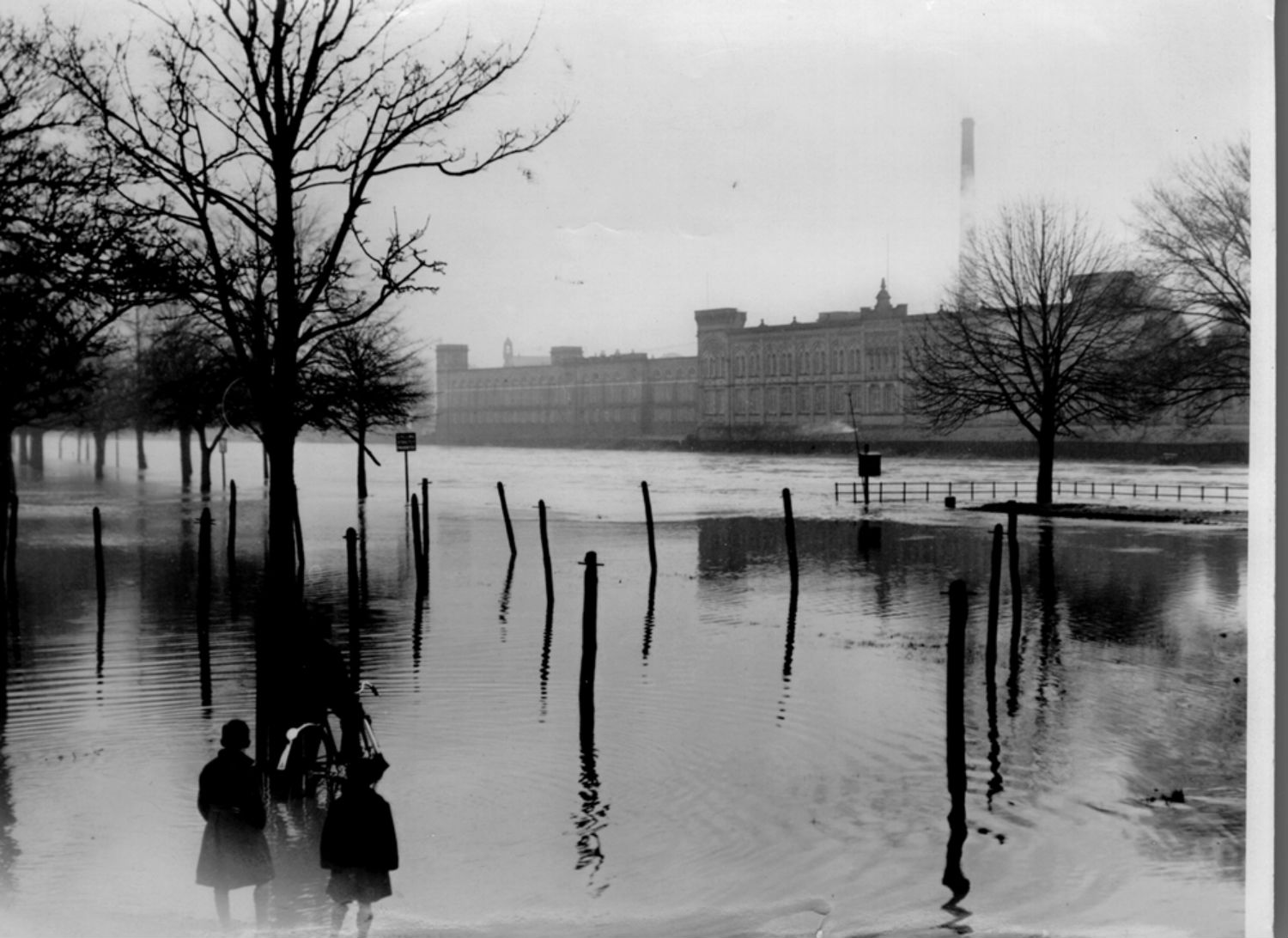CAMPAIGNERS are battling to save a Scottish mill, the remarkable history of which includes making uniforms for the French army during the First World War.
Beautiful Rosefield Mill was abandoned decades ago and is slowly falling to pieces despite its B-listed status.
As well as producing the distinctive powder blue cloth needed for French army uniforms, mill workers made the equally recognisible khaki serge worn by their British allies.
And during the Second World War, 13 years after it closed, the mill was used to house Norwegian soldiers evacuated during the Nazi occupation of their country.
The Dumfries Historic Buildings Trust (DHBT) is now trying to raise £80,000 to buy the mill.
But it will cost a further £5 – £10m to restore the building to its former glory, money campaigners hope will come from lottery funds and conservation trusts.

The mill is in such a dilapidated state that it has been placed on the Buildings at Risk list.
Mark Zygadlo, Project Co-Ordinator at DHBT, said: “The building is divided up into lots of different parts, there are businesses that use the part of the building facing onto the road, and then there are large units on the other side that are almost falling apart.
“When it finally came up for sale, we decided to work towards acquiring it. It is a truly beautiful and remarkable building that is wasted lying there empty, and could be a real asset to the town.”
DHBT are currently consulting locals for ideas on the regeneration – with office space, hot desking spaces, and even a restaurant coming up in discussions.
According to Dumfries Museum, Charteris, Spence and Company opened up Rosefield Mills in 1885.
They add: “In the First World War [they] changed production to the manufacture of khaki and French Army blue cloth.”
A spokeswoman for Dumfries Museum said: “I expect Dumfries was chosen to make the cloth as there were experts and skilled workforce, with equipment already set up here and they made use of this.”
According to the museum, after the war the mills did not recover their old markets and were apparently unwilling or unable to produce cheaper cloth for the rapidly developing multiple tailoring businesses. Rosefield Mills were unable to survive the Depression.
Mr Zygaldo said the building played its part in helping the military during the Second World War.
He said: “During World War 2 and after the Battle of Narveck in 1940, there were lots of Norwegian army refugees brought over to the UK by fisherman, and many of them were billeted in Rosefield Mills.
“It’s really interesting because there were so many of them that now there are plenty of Norwegian descendants in Dumfries because of the mill.”
Locals praised the restoration plans on social media.
Lulu Edwards said: “I am already excited at the thought of the many possibilities which this magnificent building promises.”
Linda Hendry added: “This beautiful historic building needs repurposed as part of Dumfries riverside regeneration.”
And Martin Blackley wrote: “I would love to see this building in use again.”